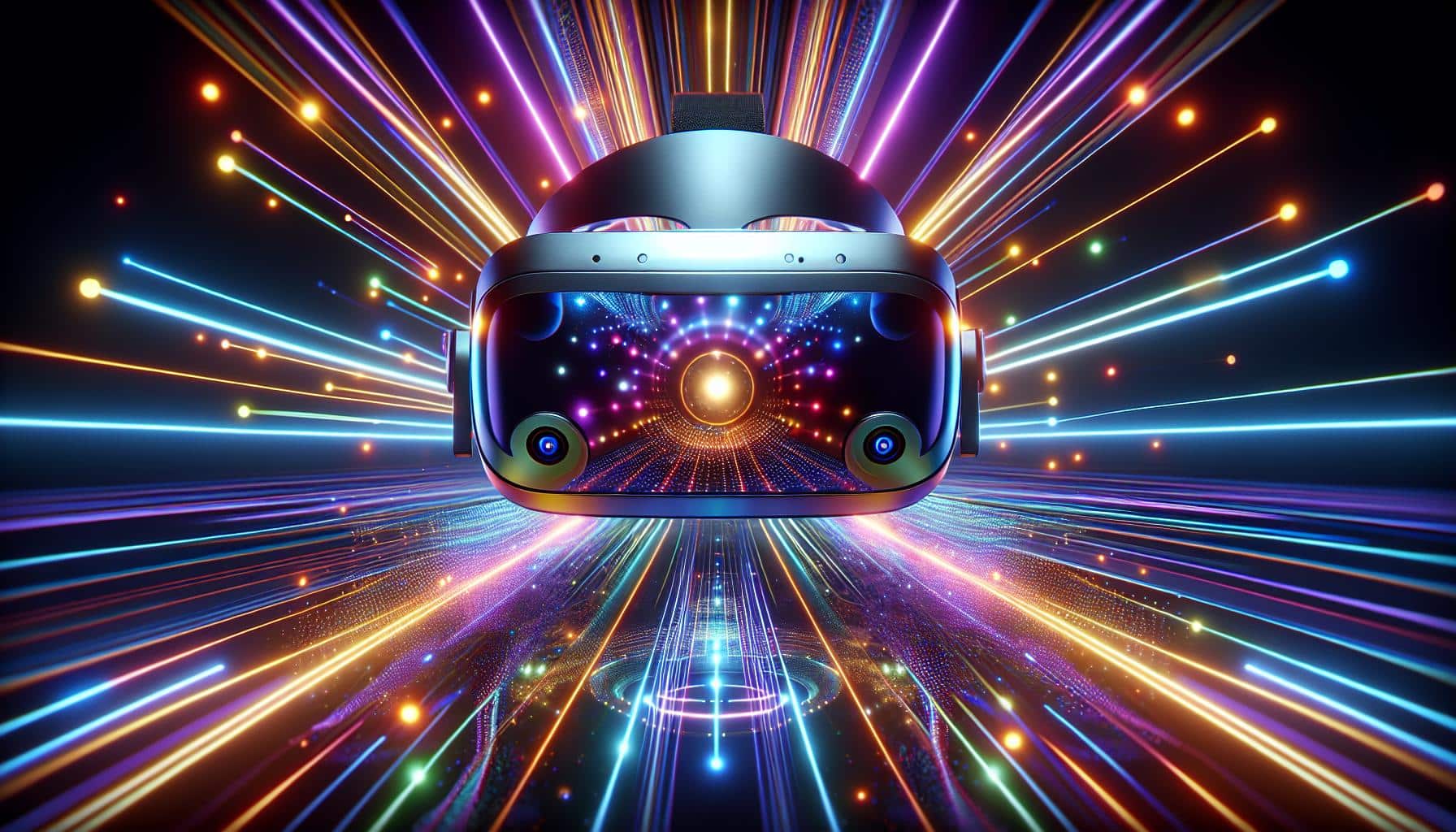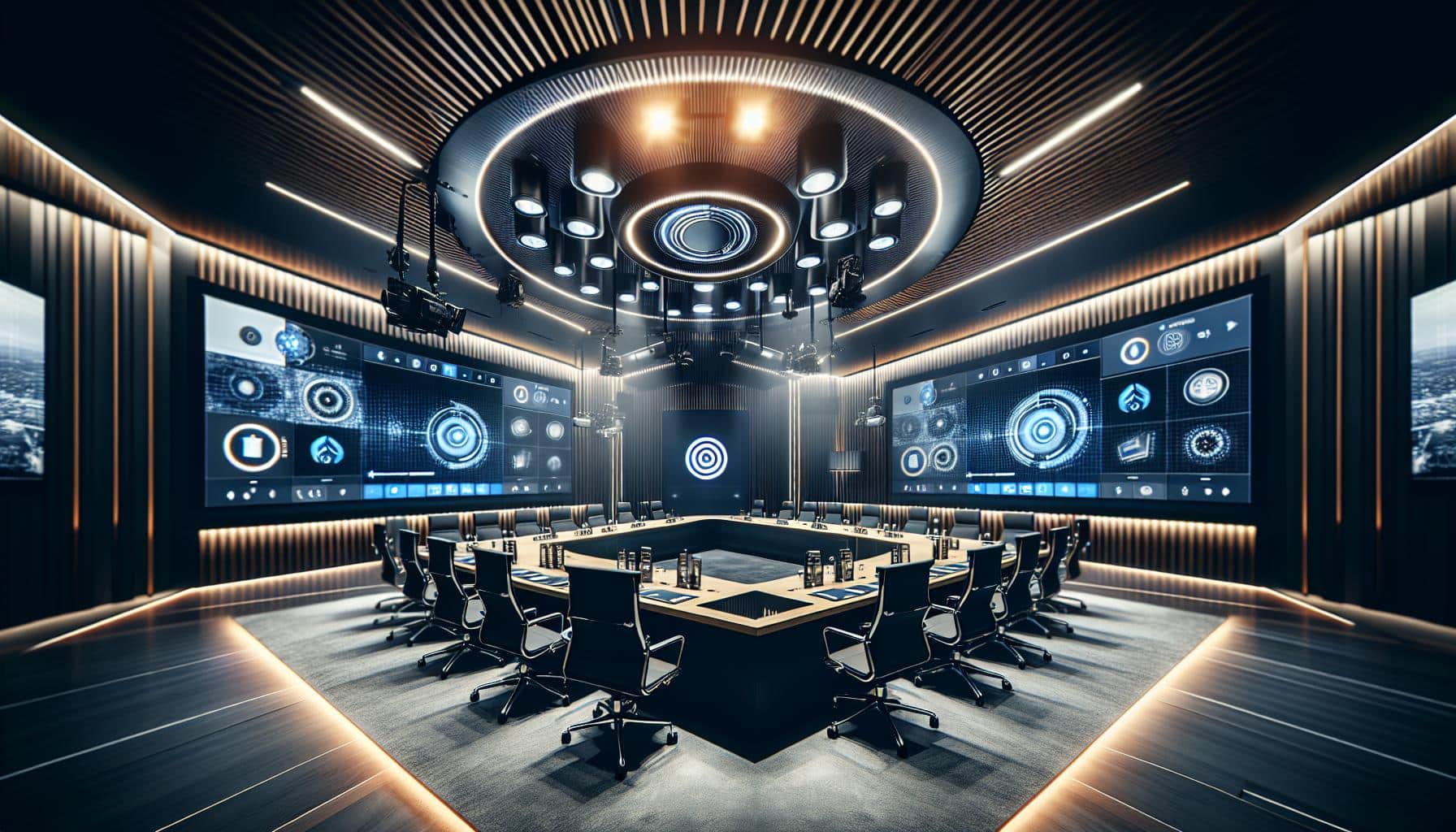Xreal Air 2 Ultra: Price and Availability
The Xreal Air 2 Ultra is set to hit the market in March with a price of $699. Although this price tag might raise a few eyebrows, it’s important to consider the cutting-edge technology packed into these glasses. In fact, the Xreal Air 2 Ultra is positioned to compete with heavyweights like Apple’s $3,500 headset. For those eager to get their hands on this futuristic device, pre-orders are already open.
Xreal Air 2 Ultra: Design
From a design perspective, the Xreal Air 2 Ultra closely resembles its more affordable counterparts, sporting a stylish Wayfarer style. However, there are a few notable upgrades that give these glasses a premium feel. The use of titanium in the rim around the lenses adds a sleek metallic touch, elevating the overall aesthetic. Despite being slightly heavier at 2.8 ounces, these glasses remain comfortable for extended wear. Compared to bulkier VR headsets in the market, the Xreal Air 2 Ultra is remarkably lightweight and wearable.
Xreal Air 2 Ultra: Display & Sound
When it comes to the visual experience, the Xreal Air 2 Ultra doesn’t disappoint. It features Sony Micro-OLED panels that offer a crisp 1080p picture per eye, with a refresh rate of up to 120Hz (90Hz in 3D mode). One notable improvement is the expanded field of view, which has been increased from 46 to 52 degrees. This enhancement plays a crucial role in enhancing the immersive potential of spatial computing. Furthermore, the glasses come with electrochromic lenses that effectively block out external light sources, allowing for a fully immersive or overlaid experience. While the audio quality, delivered through tiny tweeters, may not be top-notch, the volume remains dependable.
Xreal Air 2 Ultra: AR Features
Although the Xreal Air 2 Ultra is available for consumer purchase, it is primarily positioned as a device for developers. The glasses are equipped with two 3D cameras that enable six degrees of freedom (6DOF) positional tracking, providing an impressive AR experience. However, there are still a few obstacles to overcome. The tracking system encounters difficulties with certain visuals, such as tattoos, and can struggle with hand positions. Additionally, the full potential of the Xreal Air 2 Ultra can only be realized when paired with software specifically designed to take advantage of its capabilities. Early demonstrations show promise, with impressive features like gesture-based interaction and holographic calls. However, it’s essential to note that software development is ongoing, and there is no definitive launch date for a dedicated computing unit that will unlock the glasses’ full potential.
Outlook
With the Xreal Air 2 Ultra, we catch a glimpse of the future of spatial computing. The glasses possess the hardware capability to bring this vision to life; it’s now a matter of time for the software to catch up. Purchasing the Xreal Air 2 Ultra is an investment in the convergence of VR capabilities and AR portability, offering a glimpse into what is to come. However, for the average consumer, the current offering may not provide much more than a standard pair of AR glasses. While the price point of $700 might deter some, those who can afford it may find it worthwhile to future-proof themselves. Alternatively, waiting for further software development and increased compatibility with third-party SDKs could offer a more compelling experience. As Xreal continues to secure investments and partnerships, the future looks promising for the Xreal Air 2 Ultra.
More from Tom’s Guide
- Ray-Ban Meta Smart Glasses review: Better in every way
- Apple Vision Pro hands-on: A mixed reality breakthrough
- Apple Vision Pro release date just confirmed for February 2
Analyst comment
Positive news: The Xreal Air 2 Ultra is set to hit the market in March with advanced technology and a competitive price of $699. Pre-orders are already open. The design features notable upgrades, and the glasses are lightweight and wearable. The display offers a crisp visual experience, with an expanded field of view. The glasses come with AR features and impressive gesture-based interaction. While software development is ongoing, the future looks promising with potential partnerships. Buyers have the option to future-proof themselves or wait for further software development for a more compelling experience.













